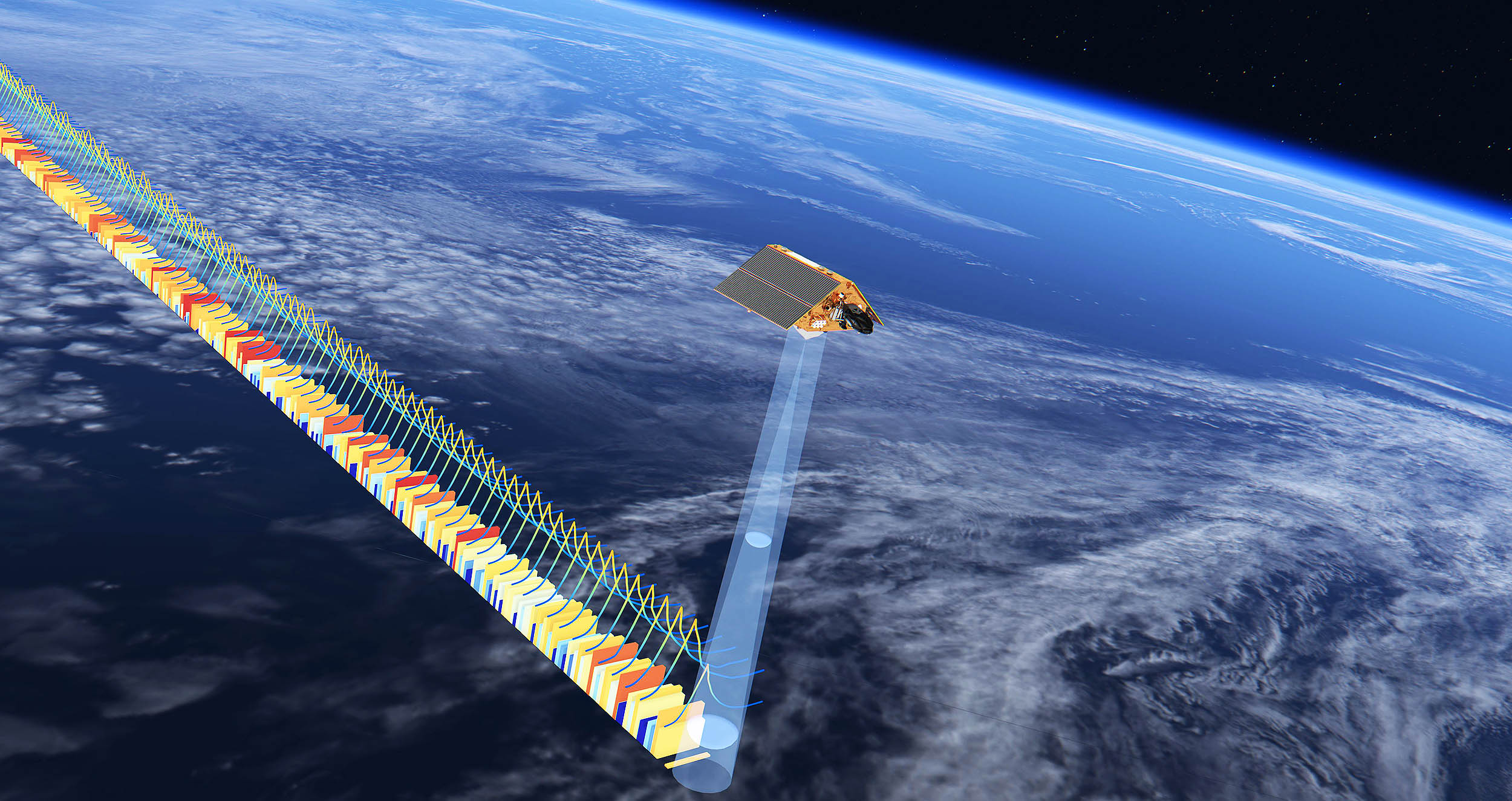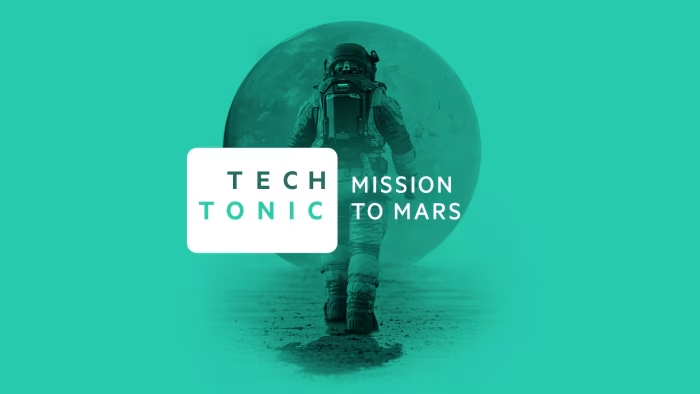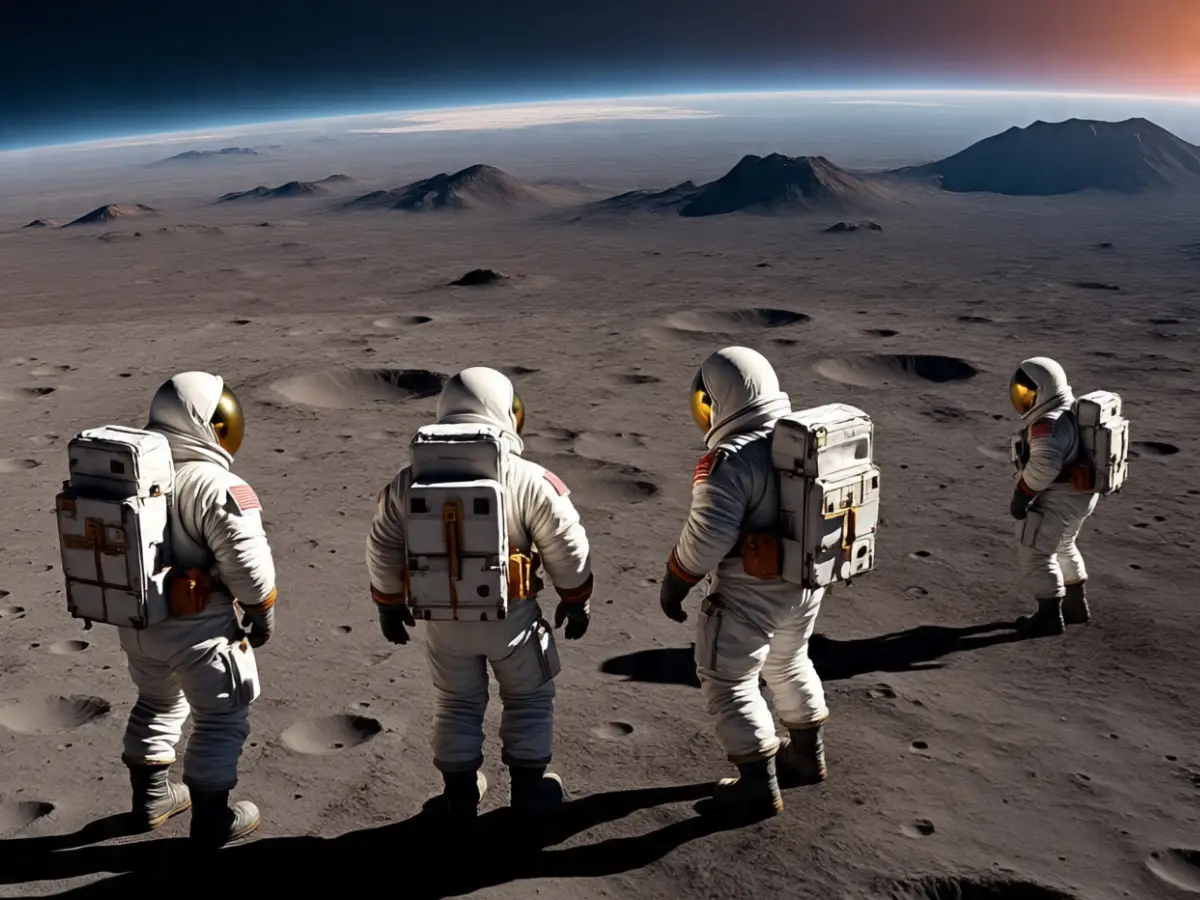The American space agency has plans to send humans to the Moon once again as part of its Artemis mission. The 10-day Artemis II test flight is set to launch by April 2026, and will be the first crewed flight to the Moon under the Artemis program….
Category: 7. Science
-

Satellites capture the largest storm waves ever seen from space
When a big storm blows through, most people focus on the wind, the rain, and the damage it might leave behind. But out in the middle of the ocean, something else happens – something just as powerful and far-reaching.
During a storm last…
Continue Reading
-

The true cost of “solar power at night” with Reflect Orbital
Sign up for the Starts With a Bang newsletter
Travel the universe with Dr. Ethan…
Continue Reading
-

Mission to Mars — The new space race
This is an audio transcript of the Tech Tonic podcast episode: ‘Mission to Mars: The new space race’
Donald Trump voice clip
(Applause) Thank you. Thank you very much, everybody. Well, thank you very, very much.Peggy Hollinger
On January 20th,…Continue Reading
-

Scientists unlock a 100-year-old quantum secret to supercharge solar power
In a breakthrough that connects modern science with ideas first explored a century ago, researchers have witnessed a surprising phenomenon once thought possible only in inorganic metal oxides appearing inside a glowing organic semiconductor…
Continue Reading
-

Scientists unlock a 100-year-old quantum secret to supercharge solar power
In a breakthrough that connects modern science with ideas first explored a century ago, researchers have witnessed a surprising phenomenon once thought possible only in inorganic metal oxides appearing inside a glowing organic semiconductor…
Continue Reading
-

The space junk crisis: why orbital debris is the next big threat to our future in space
From an astronaut’s point of view, the debris issue isn’t theoretical—it’s existential. Atienza, an analogue astronaut who trains for Mars-like missions on Earth, says space junk is already a day-to-day operational risk. “Even a tiny…
Continue Reading
-
World’s largest rays may be diving to extreme depths to build mental maps of vast oceans
Many marine species are no strangers to the depths of the oceans. Some animals, like certain sharks, tuna, or turtles, routinely perform extreme dives, whereas for other species such behavior has been…
Continue Reading
-

MIT scientists find metals hold secret atomic patterns
For years, scientists have known that tiny chemical patterns can form inside metal alloys, but most assumed these patterns were insignificant or disappeared during manufacturing. Recent experiments have shown that in controlled lab conditions,…
Continue Reading
-

New adaptive finger brace could improve recovery for joint injuries
A friend’s struggles with arthritis and the finger braces used to manage it inspired research by a Carnegie Mellon University student that could make it easier for patients to follow rehabilitation plans, speed up recovery times and…
Continue Reading
